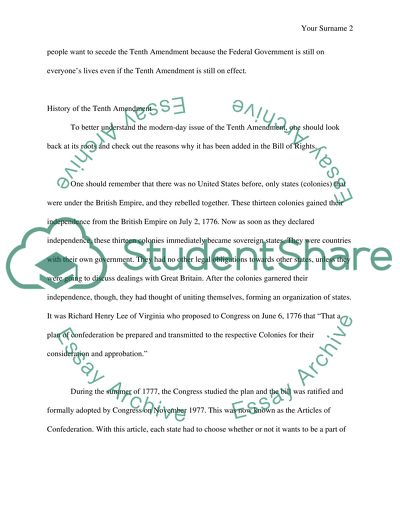Cite this document
(“The Tenth Amendment Research Paper Example | Topics and Well Written Essays - 2500 words”, n.d.)
Retrieved from https://studentshare.org/history/1392937-the-tenth-amendment
Retrieved from https://studentshare.org/history/1392937-the-tenth-amendment
(The Tenth Amendment Research Paper Example | Topics and Well Written Essays - 2500 Words)
https://studentshare.org/history/1392937-the-tenth-amendment.
https://studentshare.org/history/1392937-the-tenth-amendment.
“The Tenth Amendment Research Paper Example | Topics and Well Written Essays - 2500 Words”, n.d. https://studentshare.org/history/1392937-the-tenth-amendment.


